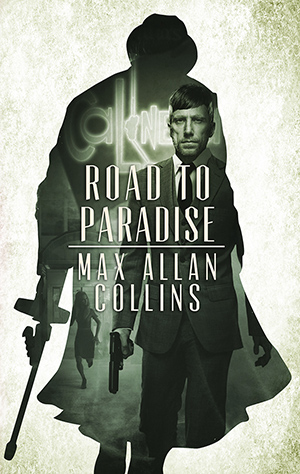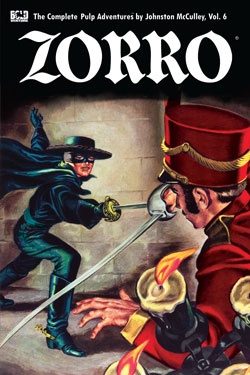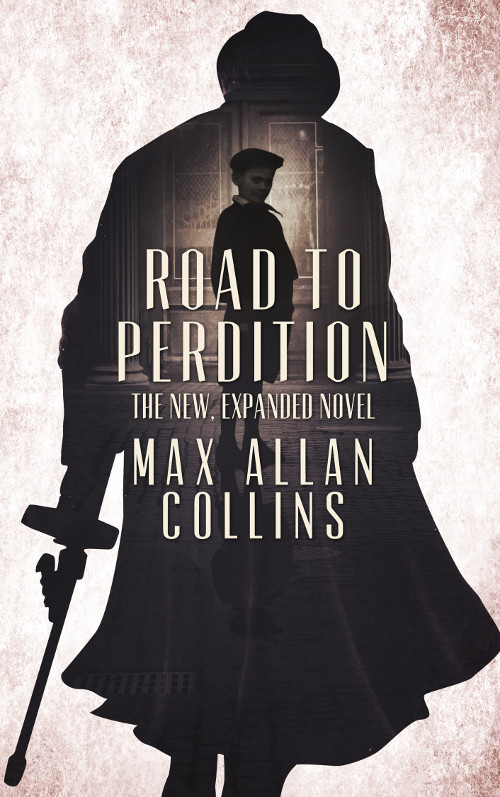Here’s a video I did to promote the prose Perdition saga in the great new Brash Books editions. If you don’t have them, what are you waiting for? A good use for your Amazon gift cards.
And now for Christmas, I thought I would share more opinions about movies with you, all wrapped in a big red bow. You’re welcome.
My son Nate has mentioned frequently my demented taste in film (some of which he shares). When I’m gone, he threatens to mount a web site where every day he will grab one DVD or Blu-Ray or maybe even laser disc at random, and review it. Might be The Big Combo or it could be The Invisible Ghost with Bela Lugosi (both were directed by Joseph Lewis, after all).
To demonstrate what he is talking about, here some movies I’ve watched on home video lately. These include a few movies I saw as awards screeners that I receive as a WGA member. Most I bought. Also, a few theatrical releases are tagged on at the end. All are mini-reviews.
Dolores Claiborne (1995) – really good Stephen King movie with no supernatural aspect, stylishly directed by Taylor Hackford. Great character study and sorta mystery starring Kathy Bates and Jennifer Jason Leigh (of Road to Perdition fame).
Death Rides a Horse (1967) – one of my two favorite non-Leone Lee Van Cleef Italian westerns (the other is The Big Gundown). With John Phillip Law as Clint Eastwood. A new, slightly longer Blu-Ray from Kino. Saw it in the theater twice.
T-Men (1947) – excellent noir directed by Anthony Mann about undercover fed Dennis O’Keefe. O’Keefe is way underrated. Black-and-white cinematography by genius John Alton (I, the Jury). Starts with a stilted intro by Elmer Irey, one of the guys who took credit for taking Capone down and dissed Eliot Ness. See him brought to earth next year in Scarface & the Untouchable: Al Capone, Eliot Ness & the Battle for Chicago.
The Laughing Policeman (1973) – interesting if dreary police procedural with Walter Matthau in a mostly humorless portrayal and Bruce Dern in a rare heroic role, though he’s casually sexist and sadistic, anyway. From a nordic noir novel. 1973 is starting to feel like a long time ago.
Battle Cry (1955) – wonderful Hollywood-ized Raoul Walsh-directed adaptation of the forgotten Leon Uris bestseller. Great soap opera of men training where my dad did in San Diego; an incredible cast – Aldo Ray, Tab Hunter, Anne Francis James Whitmore, Anne Francis, Van Heflin, Dorothy Malone…did I mention Anne Francis? L.Q. Jones appears under his real name playing a character called L.Q. Jones, which he then took as his stage name. Tons of familiar male actors making early appearances. Final half hour of battle finally arrives and is compelling.
Annie Get Your Gun (1957) – from VAI, a Blu-Ray of Mary Martin and John Raitt in a TV “spectacular” of the famous Broadway show. Great performances from the stars and lots of fun. Native American stuff and male/female interaction that will amuse you, especially if a humorless gal is in the room watchin’ with you. Assuming you survive.
Thieves’ Highway (1949) – gritty noir about trucking written by A.I. Bezzerides (Kiss Me Deadly!) from his novel, Thieves’ Market. Excellent villain performance from Lee J. Cobb, striking female lead in Valentina Cortese, and Richard Conte fine as a nice guy who is dumb enough to make you talk back to the screen. Hey, everybody in the sleazy bar! Look at all the money I just got! Director Jules Dassin tells us how much he hates capitalism, right before he packs his bags and heads overseas.
Since You Went Away (1944) – surprisingly effective home front soaper from producer/scripter David O. Selznick, directed by John Cromwell. Teenage Shirley Temple (disturbingly appealing – I’m pretty sure Roy Moore has this one on his fave flicks list) and Jennifer Jones convincingly go from kids to young women while Claudette Colbert reminds us why she was a movie star. Moving and generally unmanipulative for this kind of thing. Great cast also includes Joseph Cotten, Monty Wooley, Robert Walker, Lionel Barrymore and Guy Madison. A Christmas movie, by the way, though that doesn’t come in till the last act.
And now some new things….
Three Billboards Outside Ebbing, Missouri – this is an excellent showcase for both Frances McDormand and especially Sam Rockwell, with nice work from Woody Harrelson, too. The movie is challenging because it keeps shifting, challenging your thinking and assumptions, with none of its characters perfect (except perhaps Harrelson’s) and the resolution of its crime story elusive. Lovely writing and direction from Martin McDonagh. One of the two or three best of the year, topped only by Wind River.
The Post – boy, what a disappointing Mr. Show movie! Though they appear in a number of scenes together, David Cross and Bob Odenkirk just never get truly funny. And the story is quite unbelievable – a crooked United States President who tries to stifle and belittle freedom of the press? Some story ideas, even in a comedy, are too outlandish to pull off – just not funny! Supporting players Tom Hanks and Meryl Streep hog the screen from stars Cross and Odenkirk.
I, Tonya – good, quirky docudrama about the Tonya Harding/Nancy Kerrigan incident that ignited interest in women’s competition ice skating. Well done, but star Margot Robbie, though very good, is miscast as Tonya, whose petite figure, not quite pretty face, and white trash aura call for a physically smaller, less overtly attractive, less obviously smart actress. Worth seeing.
Star Wars – The Last Jedi. I am thrilled for Mark Hamill, who knocks it out of the park with a genuine star performance. At its best, this is a wonderful movie and audiences will likely love it, and they should. But it’s way too long and overstuffed with very usual Star Wars plot shenanigans, plus a weak performance or two (Laura Dern, anyone?). But Luke Skywalker shines. This series was launched as The Adventures of Luke Skywalker, you know.
So – these were all viewed over a couple of weeks. That’s how we spend our evenings and the occasional at-the-actual-movies afternoon. This is relaxation in Iowa. If you’re nice to me, I won’t do this to you again.
Bill Morris says Quarry’s Climax is one of the best books of the year – and he’s right. Read here to find me on a list with Joan Didion.
Here’s a nifty little piece about Quarry’s War issue #1.
M.A.C.










